How To Cook Steak On The Stovetop
This post may contain affiliate links. Read my full disclosure policy.
Pan-searing is the best—and easiest—way to cook a steak. Master this technique to whip up a steak that rivals your favorite steakhouse.
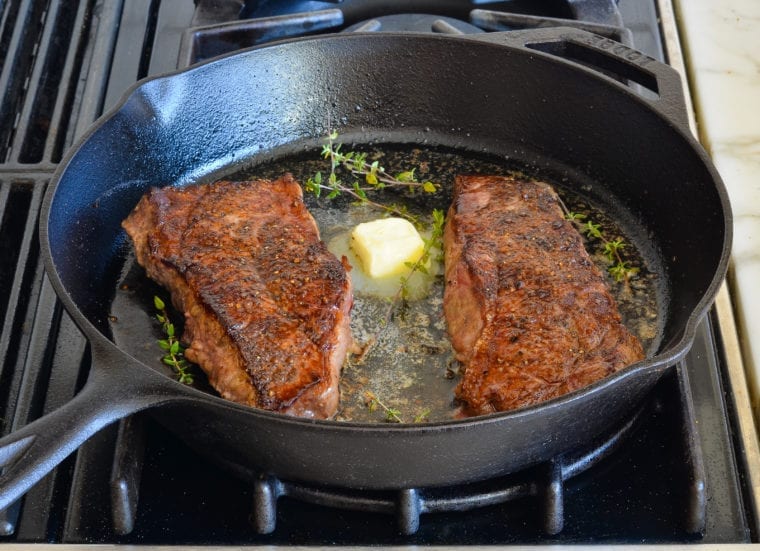
I love the kind of dinner you can whip up without relying on a recipe. Truth be told, good cooking is more about mastering techniques than following recipes, and the best dishes are often the simplest to make. A perfectly cooked steak is a prime example. With just a handful of ingredients and a single pan, you can prepare a steak that rivals anything you’d enjoy at a high-end steakhouse.
The secret is mastering the art of pan-searing. This classic technique involves cooking the surface of your food undisturbed in a piping hot pan until a crisp, golden-brown, and flavorful crust forms. It’s the key to building flavor and texture in a dish while preventing sticking and giving your meal a restaurant-quality appearance. Pan-searing is hands-down the best way to cook a steak (it works wonders for salmon and scallops, too), and it also happens to be incredibly easy.
What you’ll need to Cook Steak on The Stovetop
When it comes to beef, the best candidates for pan-searing are boneless, quick-cooking cuts between one and one-and-a-half inches thick, such as NY Strip, rib eye or filet mignon. (For larger or slow-cooking cuts, like beef tenderloin with red wine sauce or beef stew with carrots and potatoes, pan-searing is usually the first step, and then you finish the cooking in the oven.)
How to cook steak On The Stovetop
To begin, pat the steak dry with paper towels. (Any moisture on the exterior of the steak must first evaporate before the meat begins to brown.)
Season the steaks generously on both sides with salt and pepper; the seasoning will stick to the surface and help create a delicious crust.
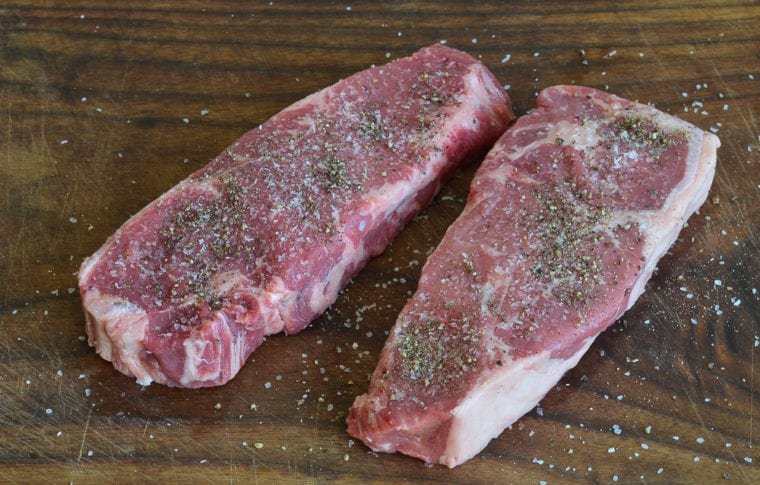
Turn on your exhaust fan and heat a heavy pan over medium-high heat until it’s VERY hot. The best pans for pan-searing are stainless steel or cast-iron since they can withstand high temperatures.
Add the oil to the pan. You’ll know it’s hot enough when it begins to shimmer and move fluidly around the pan.
Carefully set the steak in the pan, releasing it away from you so the oil doesn’t splatter in your direction. It should sizzle. (Use a pan that is large enough that it’s not such a tight fit or the pan will cool down and your food will steam instead of sear.)
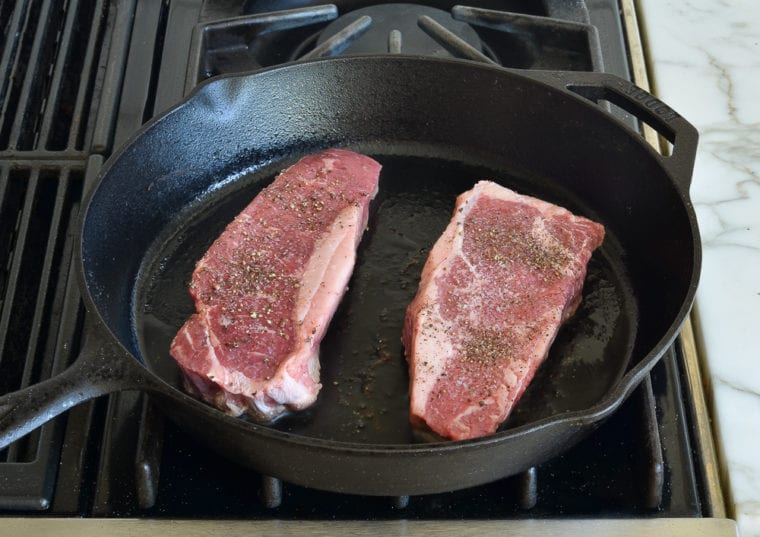
Leave it alone! Avoid the temptation to peek or fiddle or flip repeatedly. The steaks need a few minutes undisturbed to develop a brown crust. (Don’t worry about sticking; the steaks will release easily when they are ready to flip.)
Flip the steaks when they release easily and the bottom is a deep-brown color (usually about 3 minutes).
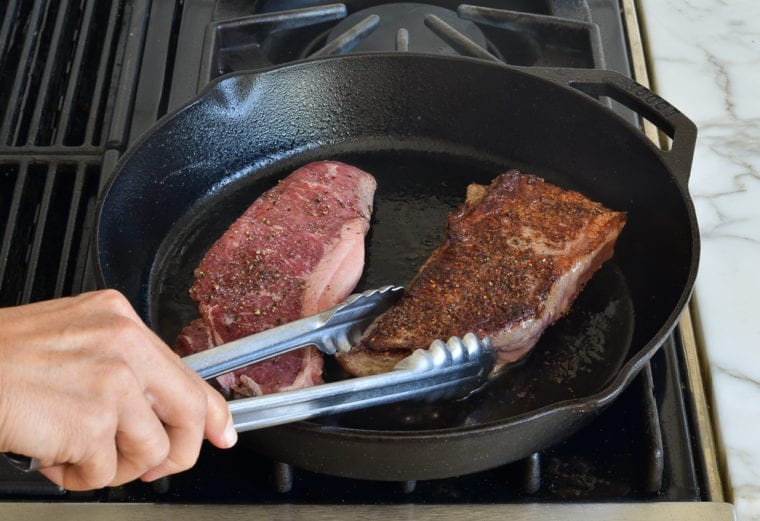
Continue to cook the steaks for another 3 to 4 minutes on the bottom side for rare or medium-rare.
During the last minute of cooking, add 1 tablespoon of butter and a few sprigs of fresh thyme to the pan with the steaks (this is optional but delicious).
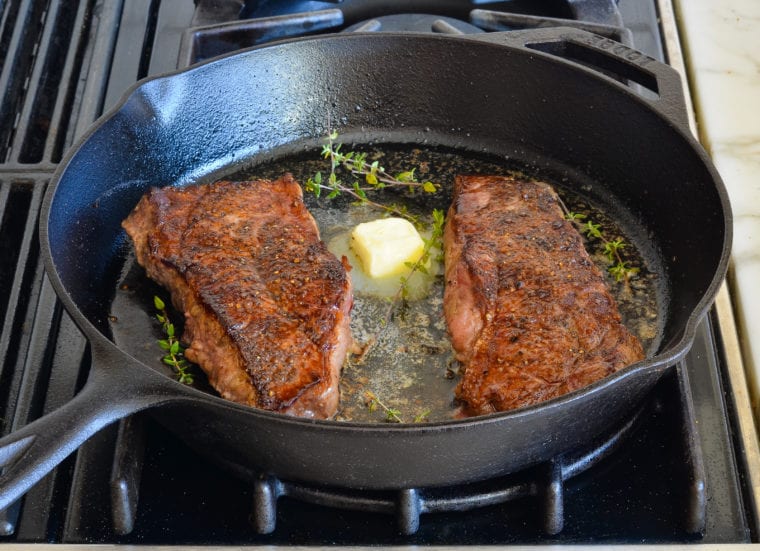
If you are serving the steaks unsliced, transfer them to plates and serve hot. If you plan to slice the steaks, transfer them to a cutting board and let rest, covered with aluminum foil, for 5 to 10 minutes; then slice thinly against the grain. (Resting allows the juices to redistribute from the outside of the steaks; if you slice them too soon, the juices will pour out of them.)
Video Tutorial
You May Also Like
- Beef Stew with Carrots & Potatoes
- Roast Beef Tenderloin with Red Wine Sauce
- Restaurant-Style Pan-Seared Salmon
- Red Wine Braised Short Ribs
- Steak Au Poivre
- Wedge Salad with Blue Cheese Dressing
Pan-Seared Steaks
Pan-searing is the best—and easiest—way to cook a steak. Master this technique to whip up a steak that rivals your favorite steakhouse.
Ingredients
- 2 (12-oz) New York strip or ribeye steaks or 4 (6-oz) filet mignons, about 1½ inches thick
- 1 heaping teaspoon kosher salt
- ½ teaspoon freshly ground black pepper
- 2 tablespoons vegetable oil
- 1 tablespoon unsalted butter
- A few sprigs fresh thyme leaves
Instructions
- To begin, pat the steaks dry with paper towels.
- Season the steaks all over with the salt and pepper.
- Turn on your exhaust fan and heat a heavy pan (preferably cast iron or stainless steel) over medium-high heat until it's VERY hot.
- Add the oil to the pan and heat until it begins to shimmer and move fluidly around the pan.
- Carefully set the steaks in the pan, releasing them away from you so the oil doesn’t splatter in your direction. The oil should sizzle.
- Leave the steaks alone! Avoid the temptation to peek or fiddle or flip repeatedly; the steaks need a few minutes undisturbed to develop a golden crust. Flip the steaks when they release easily and the bottom is a deep-brown color, about 3 minutes. Continue to cook the steaks for another 3 to 4 minutes on the second side for rare to medium-rare. (For medium, cook 4 to 5 minutes on second side; for well-done, cook 5 to 6 minutes on second side).
- During the last minute of cooking, add the butter and thyme sprigs to the pan with the steaks.
- If you are serving the steaks unsliced, transfer them to plates and serve hot. If you plan to slice the steaks, transfer them to a cutting board and let rest, covered with aluminum foil, for 5 to 10 minutes; then slice thinly against the grain.
Pair with
Nutrition Information
Powered by ![]()
- Per serving (4 servings)
- Serving size: 6-oz portion NY Strip
- Calories: 492
- Fat: 39 g
- Saturated fat: 14 g
- Protein: 33 g
- Sodium: 421 mg
- Cholesterol: 147 mg
This website is written and produced for informational purposes only. I am not a certified nutritionist and the nutritional data on this site has not been evaluated or approved by a nutritionist or the Food and Drug Administration. Nutritional information is offered as a courtesy and should not be construed as a guarantee. The data is calculated through an online nutritional calculator, Edamam.com. Although I do my best to provide accurate nutritional information, these figures should be considered estimates only. Varying factors such as product types or brands purchased, natural fluctuations in fresh produce, and the way ingredients are processed change the effective nutritional information in any given recipe. Furthermore, different online calculators provide different results depending on their own nutrition fact sources and algorithms. To obtain the most accurate nutritional information in a given recipe, you should calculate the nutritional information with the actual ingredients used in your recipe, using your preferred nutrition calculator.

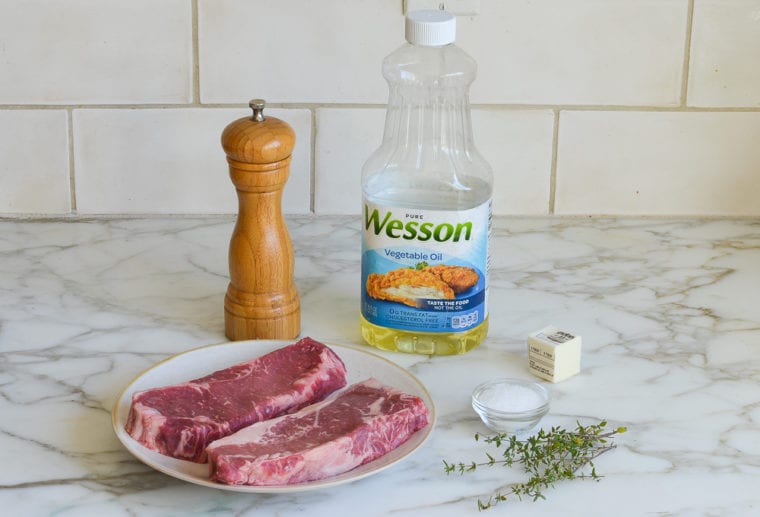
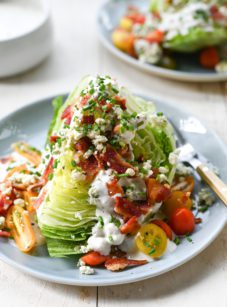
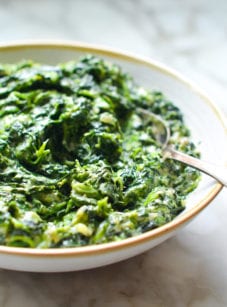
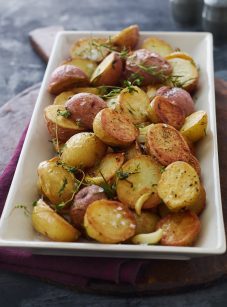
This recipe was super easy, and was a huge hit with my husband and kids! We will definitely make it again, and I’m going to try it with the salmon next. Thanks for making me look good, Jenn! 😉
This recipe is terrible for people who have never cooked a steak before. It made me burn my first two steaks really bad and made my smoke detectors go off a few times. I give this recipe a 1/10. Don’t look here to learn, go to Rachel Ray!
Though I did not use the seasonings & butter. I did use my own steak seasoning. My steaks came out great! Now I did search for a RARE skillet steak & RARE is exactly what I got. I recommend cooking it a little longer on both sides maybe 5 & 5 for those of you who like your steaks done a little more.
Does it matter what temperature the steak is when it goes into the pan? Room temp? Refrigerator cold?
No, it doesn’t matter. 🙂
First time I ever made steak – was phenomenal! Thank you 🙂
Better than grilling. Several times now and not a miss!
This is my go to recipe for my #Essentials box lunches – it cooks perfectly and tastes delicious … In two words – it is #DeliciouslyBeautiful!
Hi Jenn,
If I have to cook 6 steaks for dinner and to be served individually, how would you suggest on the cooking process – from searing to adding the butter. Should I clean the pan each time I finished cooking 1-2 steaks? Thanks.
Hi Joyce, I’d use a pan large enough to cook 3 steaks at a time, don’t clean the pan in between steaks, and after cooking the second round of steaks, I’d remove them and I’d add the butter and thyme to the pan. Let the butter melt and then then pour it over all the steaks. Hope that helps!
Hi Jenn, for well done steaks, would you recommend keeping it longer in the pan, or transferring to an oven? If in an oven, what temperature would you recommend? Thank you.
Hi Robyn, I’d recommend cooking it longer in the pan. For well-done, I’d cook the steaks for 5 to 6 minutes on the second side. Also, you may want to use your palm to apply a little pressure to the steaks (while they’re raw) to thin them out a bit before cooking. That will help them to cook in the center more quickly. Hope that helps!
This was good but not sure worth the cleanup I was faced with. Oil splatters everywhere. I question using 2 Tablespoons of oil. I cut the amount of salt and pepper at least one half or more. Just the right amount and good for low sodium diet.
It’s pretty good didn’t use salt n pepper tho use my own rub but your cook time is terrible you might as well go up an take a bite out a living cow